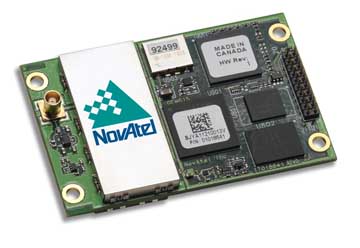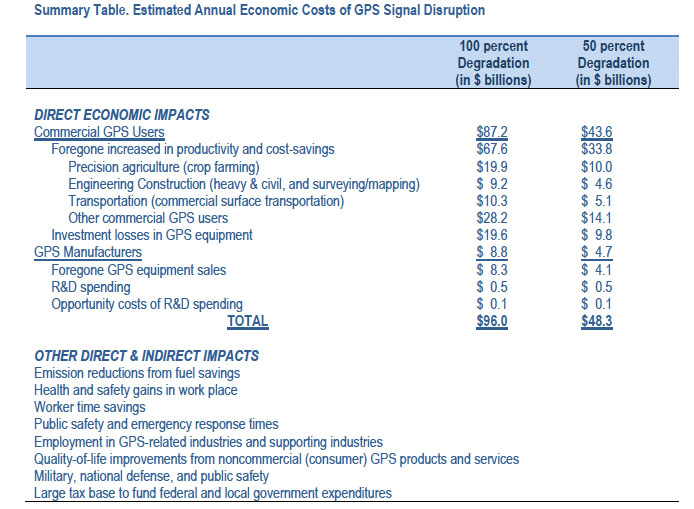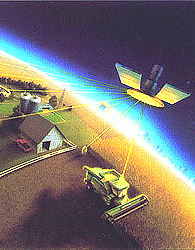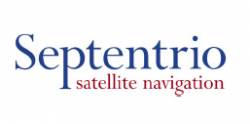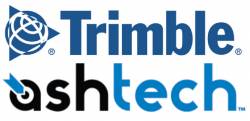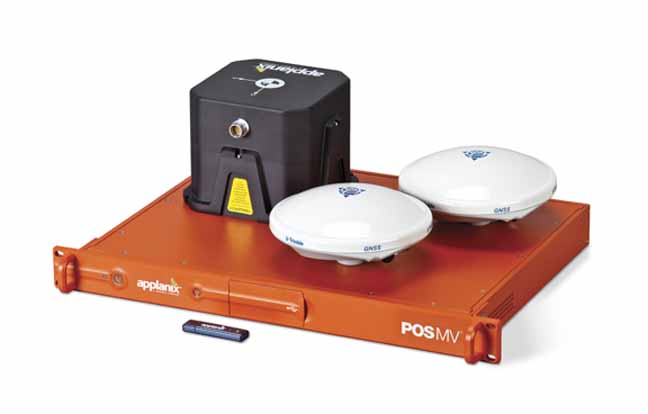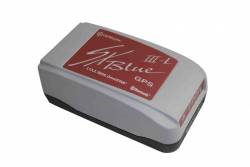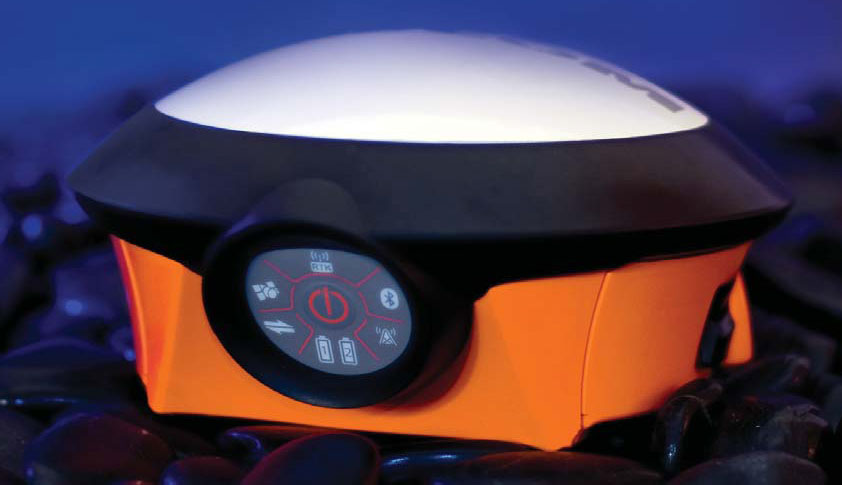New Video Contest Seeks Short Clips of Topcon Products In Use

Do you use Topcon products in your daily life and work? If so, Topcon invites you to pick up your cell, your video camera or any other video recording device and show them what you do and how you do it.
Send in your two minute clip by October 1 – just point and shoot and upload, the company says.
By Inside GNSS

